2012 Meetings
The linked titles of some meetings are the presentations speakers provided.
December 11, 2012: "EMI/EMC Filter Technical Presentation " by David Stanis, Consultant to WEMS Electronics
Abstract:This talk will address the various types of industry wide custom EMI filters both single circuit components and multicircuit filter assemblies. Discussion will include Common Mode and Differential Mode interference and filtering techniques, MIL-PRF-28861 “S” Level requirements and problems and a review of EMI Filter Source Control/Specification Control Drawings.
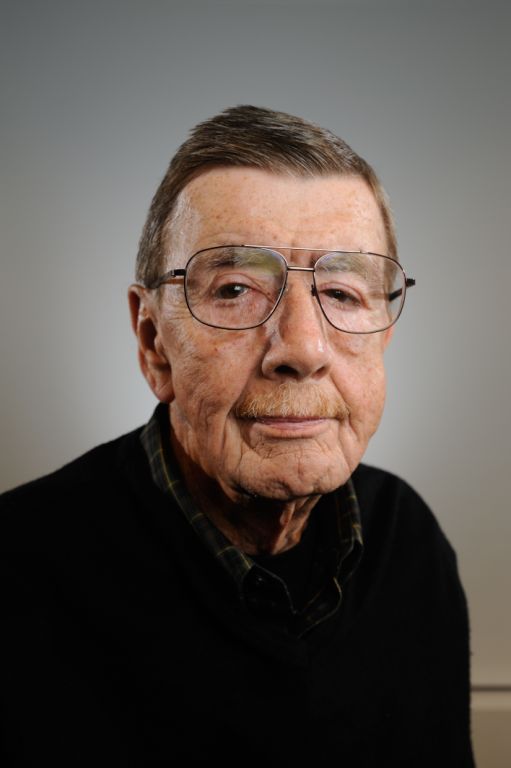
Bio: David has over forty years experience encompassing all aspects of EMI/EMC. After receiving his BSEE from Southern Massachusetts University in 1972, David went on to work for various companies involved in both commercial and military EMI/EMC testing and filter design. David returned to California in 1973 and held the position of EMC Test Engineer at NASA’s Jet Propulsion Laboratory in Pasadena California working on the Viking spacecraft mission to Mars and the Voyager spacecraft mission to Jupiter and Saturn. Upon conclusion of the Voyager program David left JPL and went on to work for Cornell-Dubilier Electronics Filter Division, San Fernando Electric Filter Division, AVX / US Microtek Filters and the Filter Division of WEMS Electronics. Positions included Engineering Manager, Manager of New Product Development, Operations Manager and Division Marketing Manager. This vast experience provides David with a broad in-depth knowledge of EMI/EMC Requirements, EMI filter design and EMI filter manufacturing. David retired in 2008 after sixteen years as General Manager of the Filter Division at WEMS Electronics. Although retired, David continues to provide consulting services to WEMS Electronics.
November 13, 2012: "Gravitational Reference Technologies for Precision Navigation and Control in Space " by Karthik Balakrishnan & Andreas Zoellner, Stanford University
Abstract:The Space Gravity Group at Stanford is currently working on a Modular Gravitation Reference Sensor (MGRS), a drag free sensor which enables advances in Earth science and precision distributed Earth-observing sensors, as well as space science, precise orbit determination and maintenance, and precision spacecraft formation flying. During our talk, we will describe the MGRS, and give more detail on two sub-systems, the Differential Optical Shadow Sensor (DOSS) and UV-LED based charge control. Precise control over the electric potential of an electrically isolated proof mass is necessary for the operation of an MGRS. On orbit charging caused by cosmic rays, as well as during caging and uncaging of the proof mass, leads to an electrostatic attraction between the proof mass and its housing. We will show how AlGaN UV LEDs are used to control proof mass potential on an spherical proof mass in an MGRS-like configuration and will provide a look ahead to an upcoming technology demonstration mission of UV LEDs. The DOSS is used as a high precision, compact, low-cost displacement sensor in the MGRS. We will describe how the sensor detects external disturbances by measuring relative motion between the proof mass and spacecraft, with a performance goal of 1 nm at 1 mHz. The DOSS then feeds this signal to the spacecraft control system to maintain a geodesic orbit. We will finally describe a proposed drag-free CubeSat mission built around the MGRS.
Bio: Karthik Balakrishnan is a Ph.D. student in Aeronautics and Astronautics and Astronautics at Stanford University, where he received his MS in 2011. He received his BS in Aerospace Engineering at the University of California, San Diego. Karthik's interests are in small satellites, and is developing a system using Ultraviolet LEDs to manage the electric charge on a drag free proof mass. Karthik has been working on a small satellite designed to test this system in space, which is currently schedule for launch in mid 2013.
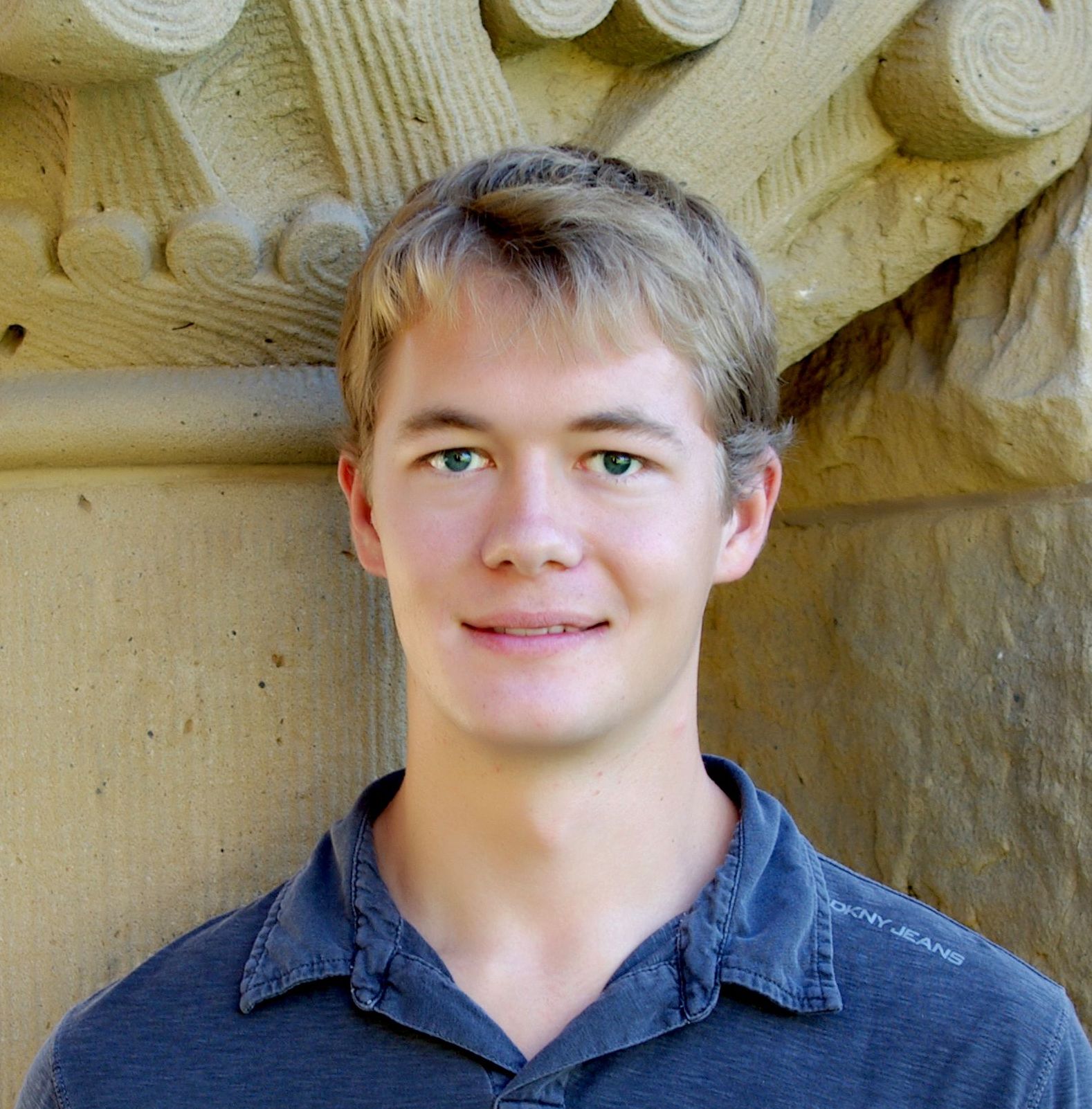
Andreas Zoellner is a Ph.D. student in Mechanical Engineering at Stanford University, where he received his MS in Aeronautics and Astronautics in 2011. Before coming to Stanford, he received a Diplom in Engeneering Cybernetics at the Universität Stuttgart, Germany. Andreas is interested in small satellites and the application of drag-free technology for future satellites missions. He is developing a high-precision optical displacement sensor, the Differential Optical Shadow Sensor (DOSS) which is part of the Modular Gravitational Reference Sensor (MGRS). Andreas is designing a CubeSat mission to demonstrate the DOSS and to pioneer the first drag-free CubeSat.
October 11, 2012: SCV-EMC 2012 Mini Symposium
Abstract:
"ESD Troubleshooting Techniques for Electronic Designs" by Doug Smith, D. C. Smith Consultants
Tracking down the sources of ESD problems in equipment can be difficult in modern electronic designs. After a brief overview of the characteristics of ESD and its effects on equipment, simple and effective troubleshooting techniques will be discussed that Mr. Smith has developed over many years of solving ESD problems. Live demonstrations will be used to illustrate some of the techniques.
"Fundamentals of Signal and Power Integrity " by Prof. Ege Engin, San Diego State University
As the clock frequencies for off-chip signals approach 20 GHz and beyond, maintaining signal and power integrity are becoming major issues to design a computer system that can actually support such speed. This mini-symposium will cover fundamentals of modeling, simulation, and characterization techniques to ensure signal and power integrity. The following topics will be covered in this tutorial:
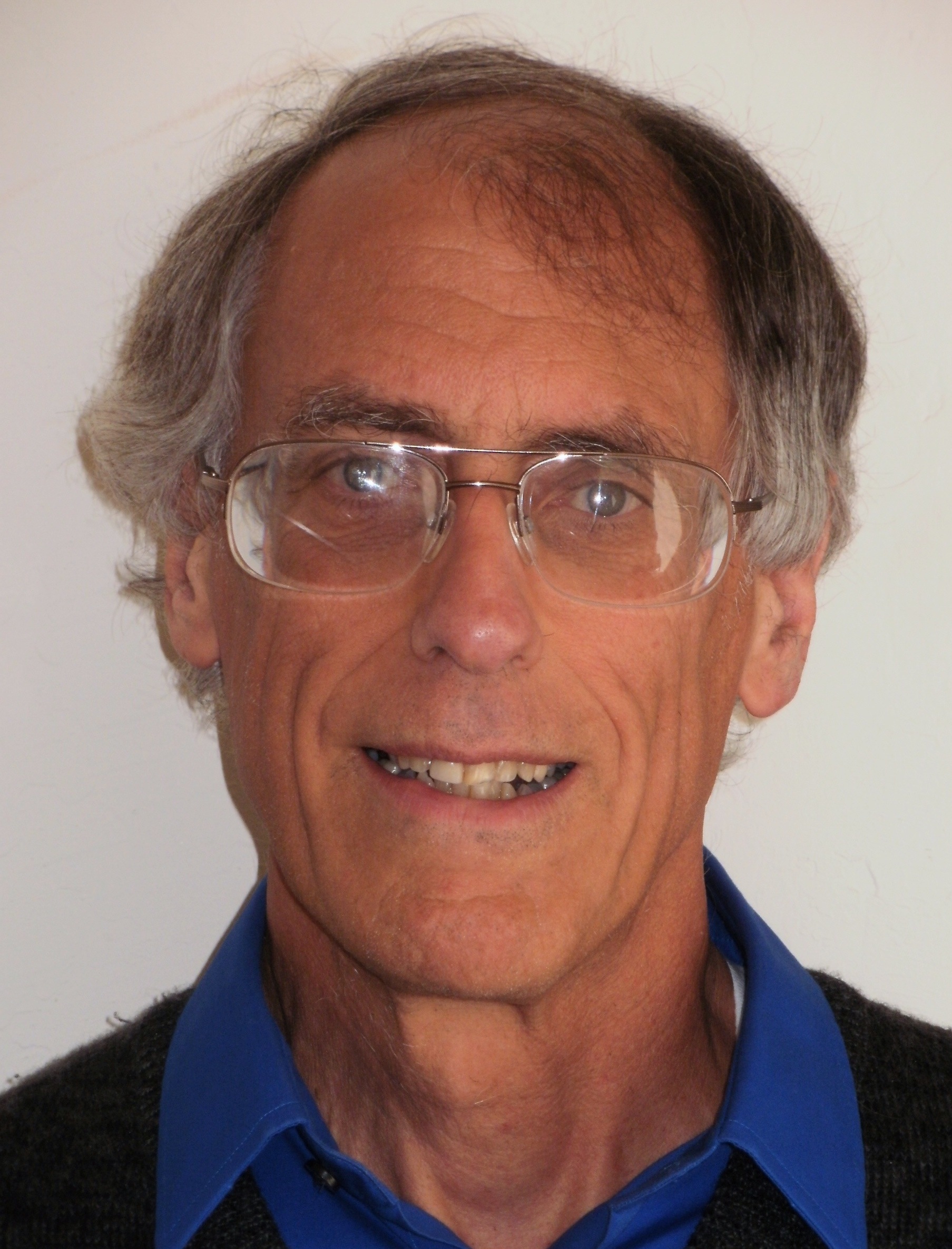
Bio: Doug Smith held an FCC First Class Radiotelephone license by age 16 and a General Class amateur radio license at age 12. He received a B.E.E.E. degree from Vanderbilt University in 1969 and an M.S.E.E. degree from the California Institute of Technology in 1970. In 1970, he joined AT&T Bell Laboratories as a Member of Technical Staff. He retired in 1996 as a Distinguished Member of Technical Staff. From February 1996 to April 2000 he was Manager of EMC Development and Test at Auspex Systems in Santa Clara, CA. Mr. Smith currently is an independent consultant specializing in high frequency measurements, circuit/system design and verification, switching power supply noise and specifications, EMC, and immunity to transient noise. He is a Senior Member of the IEEE and a former member of the IEEE EMC Society Board of Directors.
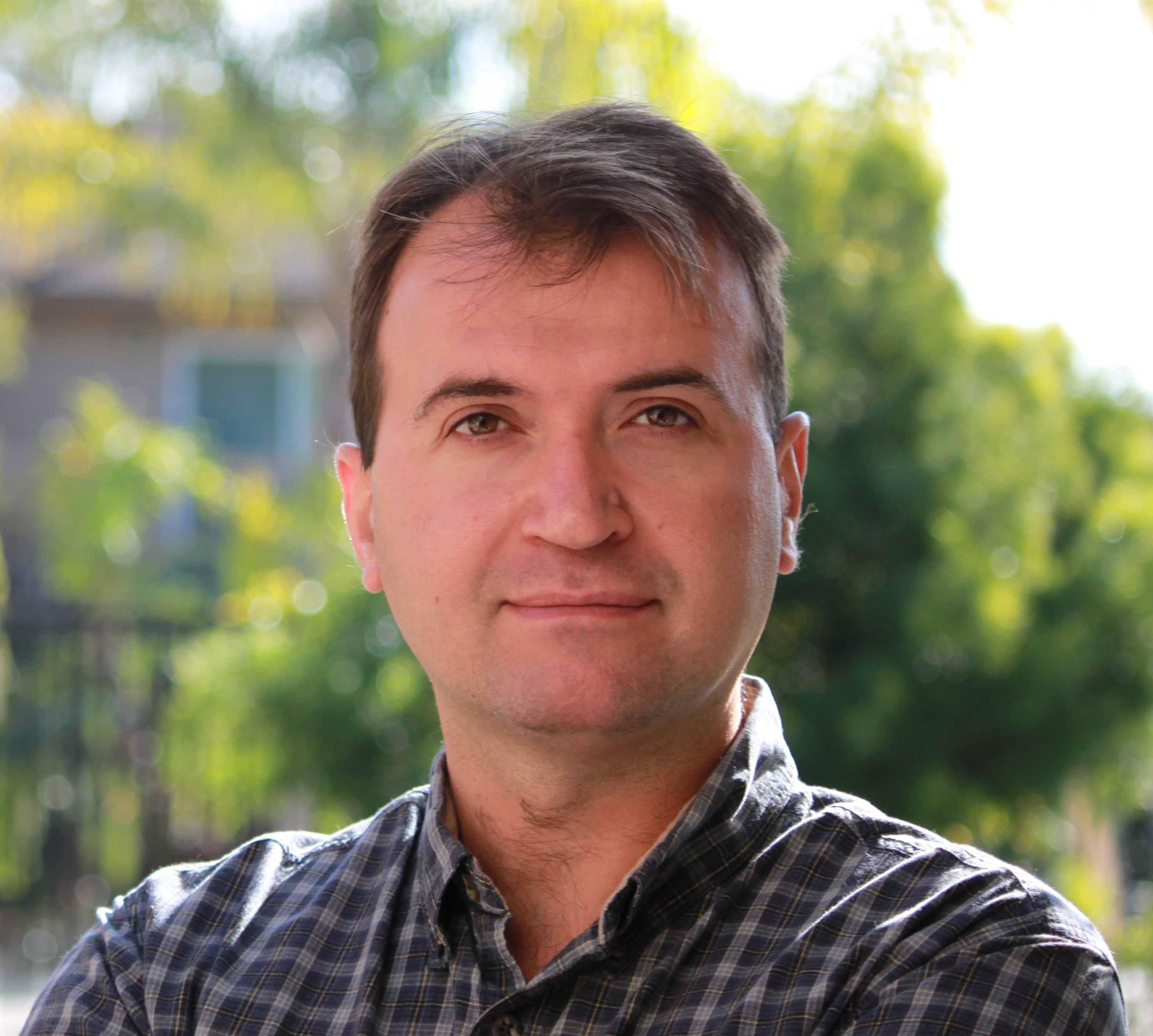
Dr. Ege Engin received his Ph.D from the University of Hannover, Germany. From 2005 to 2008, Dr. Engin was with the Packaging Research Center at Georgia Tech, where he was an Assistant Director of Research. Previously, he was with the Fraunhofer-Institute for Reliability and Microintegration (IZM), Berlin. Since 2008, he is an Assistant Professor in the Electrical and Computer Engineering Department of San Diego State University. He has more than 80 publications in journals and conferences in the areas of signal and power integrity modeling and simulation and three patents. He is the co-author of the book "Power Integrity Modeling and Design for Semiconductors and Systems," published by Prentice Hall in 2007. Dr. Engin is the recipient of the Semiconductor Research Corporation Inventor Recognition Award in 2009.
September 11, 2012: "Smart Grids, Worse Power Quality, and Conducted 2kHz-150kHz EMC : Practical Experience Around the World " by Alex McEachern, Power Standards Lab
Abstract: As utilities start to implement Smart Grids around the world, utility specialists are recognizing that smart grids make power quality worse. This is good news for EMC engineers. At the same time, problems with conducted emissions in the 2kHz-150kHz range are popping up, often associated with smart meters. New standards are under way on measurement and immunity in this difficult frequency range - again, good news for EMC engineers. It's going to keep us busy!
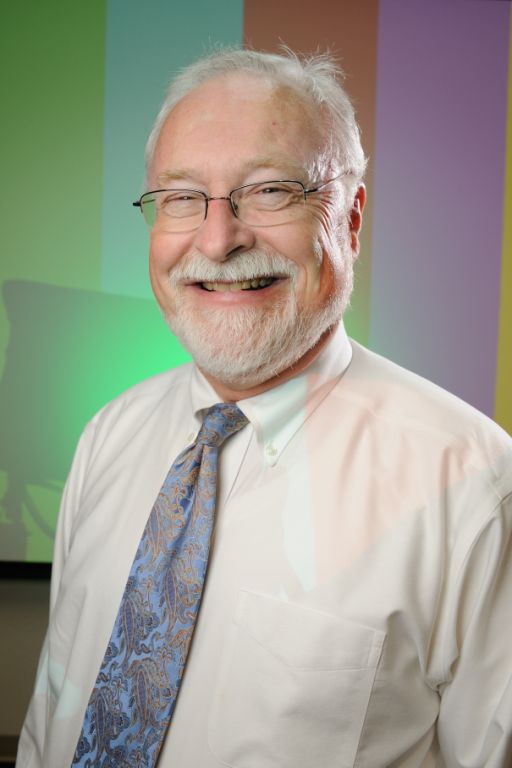
Bio: Alex McEachern is well known for his cheerful, thought-provoking speeches, and he regularly speaks at national and international conferences on electric power quality. He is the president of Power Standards Lab in California, the founder of BMI, the former president of both BMI and Electrotek, and the author of everything from the Electric Power Measurements chapter of the Encyclopedia of Electrical and Electronics Engineering to the industry-standard Handbook of Power Signatures. Active in drafting and approving international power standards, Alex is the chairman of the International Electrotechnical Commission (IEC) TC77A Working Group 9, which sets the standard for power quality instruments. He also participates in the drafting of the voltage dip immunity standards, IEC 61000-4-11 and IEC 61000-4-34. He is a Senior Member of the IEEE, former Chairman of IEEE 1159.1, a co-author of IEEE 519 and IEEE 1459, and a voting member of the IEEE Standards Coordination Committee on Power Quality. Among all his accomplishments, McEachern is proudest of the fact that companies that he has created have been responsible for over 2,400 man-years of employment. He is a reasonably inventive fellow, with 30 U.S. patents awarded so far.
May 08, 2012: "Dipoles for Dummies (as well as all the rest of us without a PhD in electromagnetics)" by Henry W. Ott, Henry Ott Consultants
Abstract: An understanding of basic antenna theory would be helpful for all engineers, especially those involved in EMC. After all, if a product radiates (or is susceptible to RF energy) it is an antenna, even if you prefer to call it something else - such as a microprocessor, an IC, a PCB, a power cord, or an USB cable.
This presentation is a simple, insightful, and intuitive discussion of how a dipole antenna works, and how the operation is related to the commonmode radiation from a product. Attendees will end up with an understanding of dipole antenna theory, and know why dipole antenna theory is so important to EMC engineering. All of this is accomplishedthout using mathematics or writing a single equation.
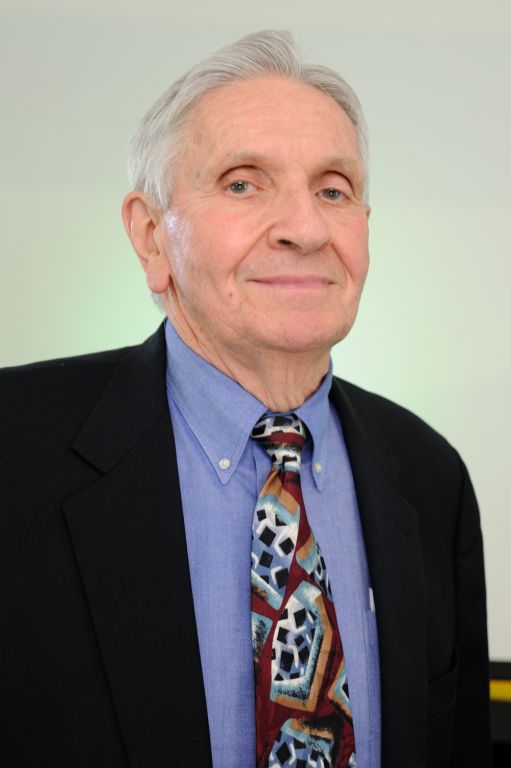
Bio: Henry W. Ott is President and Principal Consultant of Henry Ott Consultants, an EMC training and consulting organization. He has literally: "written the book," on the subject of EMC, and is considered by many to be the nation's leading EMC educator. He is the author of the popular EMC book, Noise Reduction Techniques in Electronic Systems, (1976, 1988). The book has sold over 65,000 copies and has been translatedinto six other languages. In addition to knowing his subject, Mr. Ott has the rare ability to communicate that knowledge to others.
Prior to starting his own consulting company, Mr. Ott was with AT&T Bell Laboratories, Whippany, NJ, for 30 years, where he was a Distinguished Member of the Technical Staff and a consultant on EMC.
Mr .Ott is a Life Fellow of the IEEE. For over 20 years, Mr.Ott has served the EMC Society in various capacities including: membership on the Board of Directors, Education Committee Chairman, Symposium Committee Chairman and Vice President of Conferences. He is also a member of the ESD Association and a NARTE certified ESD engineer. He is a past Distinguished Lecturer of the EMC Society, and lectures extensively on the subject of EMC.
April 10, 2012: "Reverberation Chamber Theory/Statistical Overview" by Prof. Charles F. Bunting, ECE Dept., Oklahoma State University; IEEE EMC Society Distinguished Lecturer
Abstract: To understand the application of reverberation chambers EMC engineers must delve into the scary world of statistics and applied random variables. This talk provides a discussion of the statistical electromagnetic environment in a reverberation chamber and the method by which the equipment under test can be tested to a given peak (or average) component (or total) field (or power) level with a definable uncertainty.
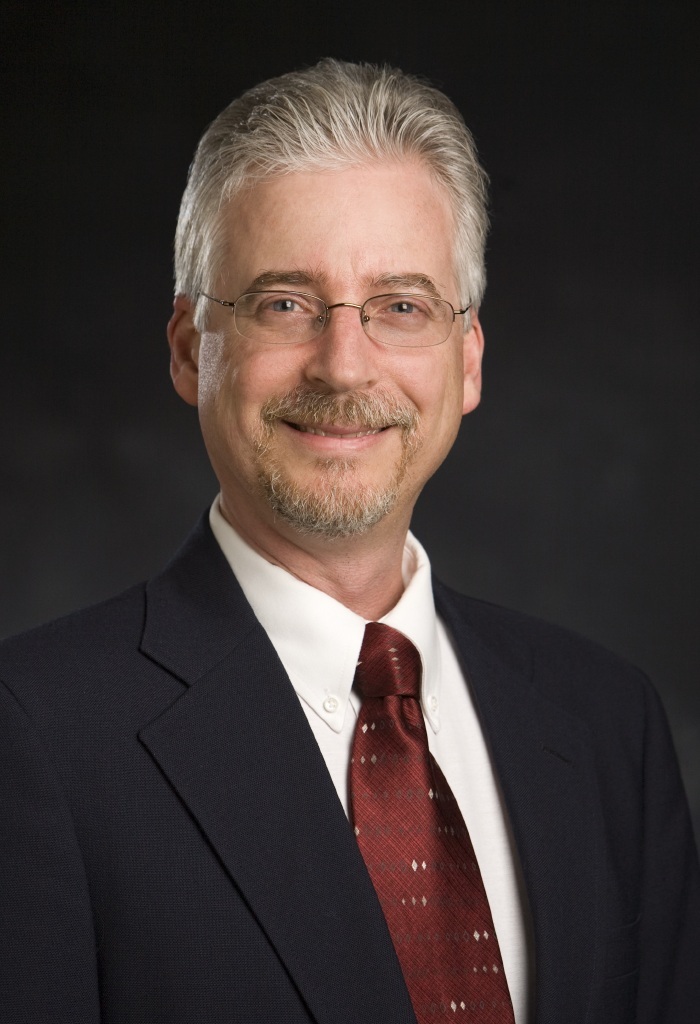
Bio: Chuck Bunting (S-1989, M-1994, SM-2011) was born in Virginia Beach, Virginia. He was employed at the Naval Aviation Depot in Norfolk, VA as an apprentice, an electronics mechanic, and an electronics measurement equipment mechanic from 1981-1989. He received his A.A.S. in Electronics Technology from Tidewater Community College in 1985, the B.S. degree in Engineering Technology with highest honors from Old Dominion University in 1989. He received the M.S. degree in Electrical Engineering from Virginia Polytechnic Institute and State University (Virginia Tech) in 1992. From 1991-1994 he held a Bradley Fellowship and a DuPont Fellowship and in 1994 he was awarded the Ph.D. in Electrical Engineering from Virginia Tech.
From 1994 to 2001 Dr. Bunting was an assistant/associate professor at Old Dominion University in the Department of Engineering Technology where he worked closely with NASA Langley Research Center on electromagnetic field penetration in aircraft structures and reverberation chamber simulation using finite element techniques.
In the Fall of 2001 he joined the faculty of Oklahoma State University as an associate professor and was promoted to full professor in August of 2011. His chief interests are engineering education, applied computational electromagnetics, statistical electromagnetics, electromagnetic characterization and application of reverberation chambers, and the analysis and development of near infrared tomography and microwave acoustic tomography for prostate cancer detection. (https://cbunting.ecen.ceat.okstate.edu/).
March 13, 2012: "Why does my design fail EMC? & How to fix it." by Jerry Meyerhoff, EMI/EMC Principal Consultant, JDM LABS LLC; IEEE EMC Society Distinguished Lecturer
Abstract: Overall EMC principles are introduced:
- 4 quadrants of mechanisms
- 3 elements of the actors
- 4 types of coupling
Case studies drawn from multiple designs are used to demonstrate the underlying EMC physics across the 4 quadrants for causes and cures. Analysis, measurement and creativity methods are highlighted. Narratives also present soft skills of teamwork & consulting persuasion. Solutions are generalized for applicability to multiple future designs.
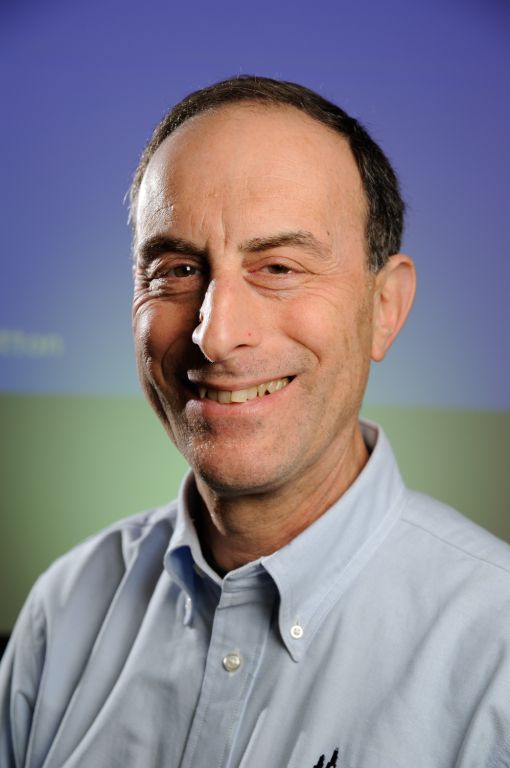
Bio: Jerry Meyerhoff is currently the Principal of JDM LABS LLC, a consultancy which he started in 2009. He is devoted to assisting clients in optimizing designs for EMC, ElectroMagnetic Compatibility.
Previously Jerry was a Distinguished Member of the Technical Staff of Continental Automotive Systems, Deer Park, Illinois resulting from the acquisition of the former Motorola Automotive Group in 2006. He acted as a group-wide consultant in EMC design, serving multiple projects technologies and customers. Jerry's prior 36 years at Motorola involved hardware design and development applied to radios, RF and analog circuits and refining digital microprocessor hardware with increasing emphasis on EMC.
Jerry earned a BSEE, with emphasis on communications technology, from the University of Illinois at Chicago (UIC) in 1970. He immediately joined Motorola's Land Mobile Group. In 1971 he joined the US Army Reserve , was trained as a Fixed Station Transmitter Repairman 32C20 at Fort Monmouth, New Jersey serving the next 5 years in the 305th Psyop Bn. while pursuing his Motorola career. Jerry also took post graduate courses in RF design from IIT in Chicago.
At Motorola, Jerry lead design teams for the MICOM Solid State HF-SSB radio and then the MOCAT CB. He transitioned to the Technical Ladder as an individual contributor to FM and AM Stereo entertainment receivers for passenger automobiles. Ongoing he contributed to the development of many industrial and automotive control designs. In the Automotive Group, Jerry consulted on EMC design techniques across multiple electronics controls teams and Telematics product design groups. He is familiar with EMC lab measurement pitfalls and design problem resolution. He developed design guidelines, internal EMC lectures and acted as a trainer/coach to product development teams. He was a technical co-editor of Motorola's corporate Signal Integrity Technology Advisory Board newsletter.
Jerry leveraged his experience in RF and high frequency effects by pursuing the application of CAE tools to EMC applications including: NEC-MoM, Mentor Graphics Quiet Expert, Hyperlynx SI/EMC PCB tool and CST Microstripes . He continues his keen interest in EMC modeling and simulation.
Jerry holds multiple US patents and publications and was a member of Motorola's Science Advisory Board Associates (SABA), a recognition afforded key members of the technical community. Jerry has participated in SAE EMC standards committees "EMI" and "EMR" refining measurement methods for automotive modules and vehicles. He is active in the IEEE EMC Society and his Chicago Chapter, as an officer and also making technical presentations as a named Distinguished Lecturer. He is a founding member of the UIC Chapter of Zeta Psi of North America Fraternity, founding member and ongoing Board member of the UIC Engineering Alumni Association, member of the UIC ECE Departmental Industrial Advisory Board and past Committee Chair of BSA Troop 401. He also holds Amateur Radio call sign, WA9FIY. He particularly enjoys bicycle touring, challenge rides and civic advocacy.
February 14, 2012: "How Bad is Bad? Cavity Signal Injection and Mitigation" by Steve Weir, CTO IPBlox, LLC
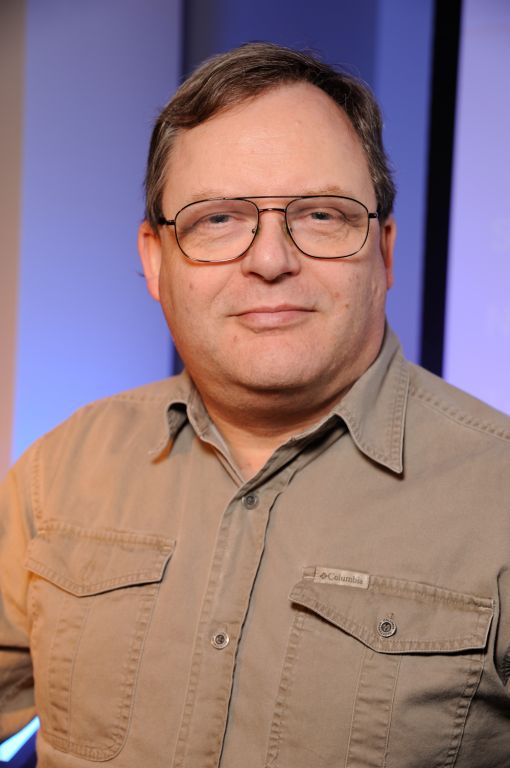
Abstract: An ideal signal return path is contiguous. Often insuring a completely contiguous return path can impose routing headaches, and/or force costly additional layers. This talk will will show measured effects of signal inject ion, and the effectiveness of mitigation strategies.
Bio: Steve is an independent consultant with over 20 years industry experience and a broad range of expertise. Steve holds numerous patents, has authored more than a dozen papers on power integrity, and contributes regularly to the SI-List signal integrity reflector.
January 10, 2012: "Radiated Spurious Emissions (RSE) Testing for Wireless Devices: A Tutorial on the History of the Test and How to Perform It" by Garth D'Abreu, ETS-Lindgren
Abstract: This presentation provides a tutorial on Radiated Spurious Emissions (RSE) testing for wireless devices. It will review the history of the test and provide details on how to perform the test in accordance with the applicable wireless standards. The presentation will address chamber design and test requirements, as well as provide a review of the noise floor and pre-amp selection. Tips on the notch filter required to perform this test will be provided. As a member of the ANSI C63® wireless working group addressing the new standard ANSI Standard C63.26 on compliance testing of licensed transmitters, the speaker will provide an update of current activity including the "pre-calibration" and "substitution" methods related to RSE testing. The presentation will conclude with a helpful chart comparing performance requirements for the various Wi-Fi, CDMA, WCDMA, etc. standards.
Intended Audience:
Novice and experienced wireless device design engineers and test technicians will appreciate this general, tutorial type
presentation full of practical information and technical details, including "how to's" and "gotcha's"
to look out for when performing the RSE test. In the wireless industry, TCB members (approvals), regulators,
manufacturers and laboratories will especially benefit from attending this presentation.
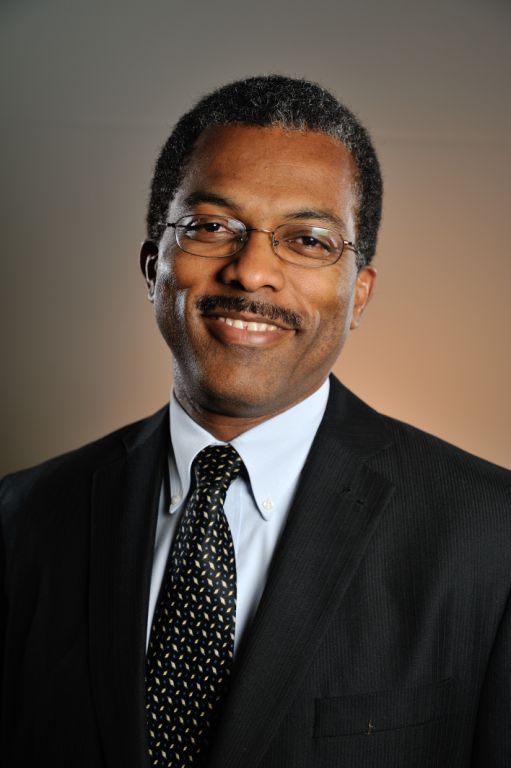
Bio: Garth D'Abreu is the Technical Manager of the RF Engineering Group at ETS-Lindgren in Cedar Park, Texas. He has primary responsibility for the design and development functions within the RF engineering group. The RF group provides technical support for ETS-Lindgren worldwide and is responsible for anechoic chambers, E Field generators, TEM cell device design and development, antenna design and absorber development. Mr. D'Abreu is the lead engineer for reverberation chamber design and testing and is responsible for the development of GTEM cells, products for EMP applications and wireless device test systems. He holds a BSc degree in Electronics & Communications Engineering, North London University, UK. He is a member of the IEEE EMC Society and has over 20 years experience in the RF industry.